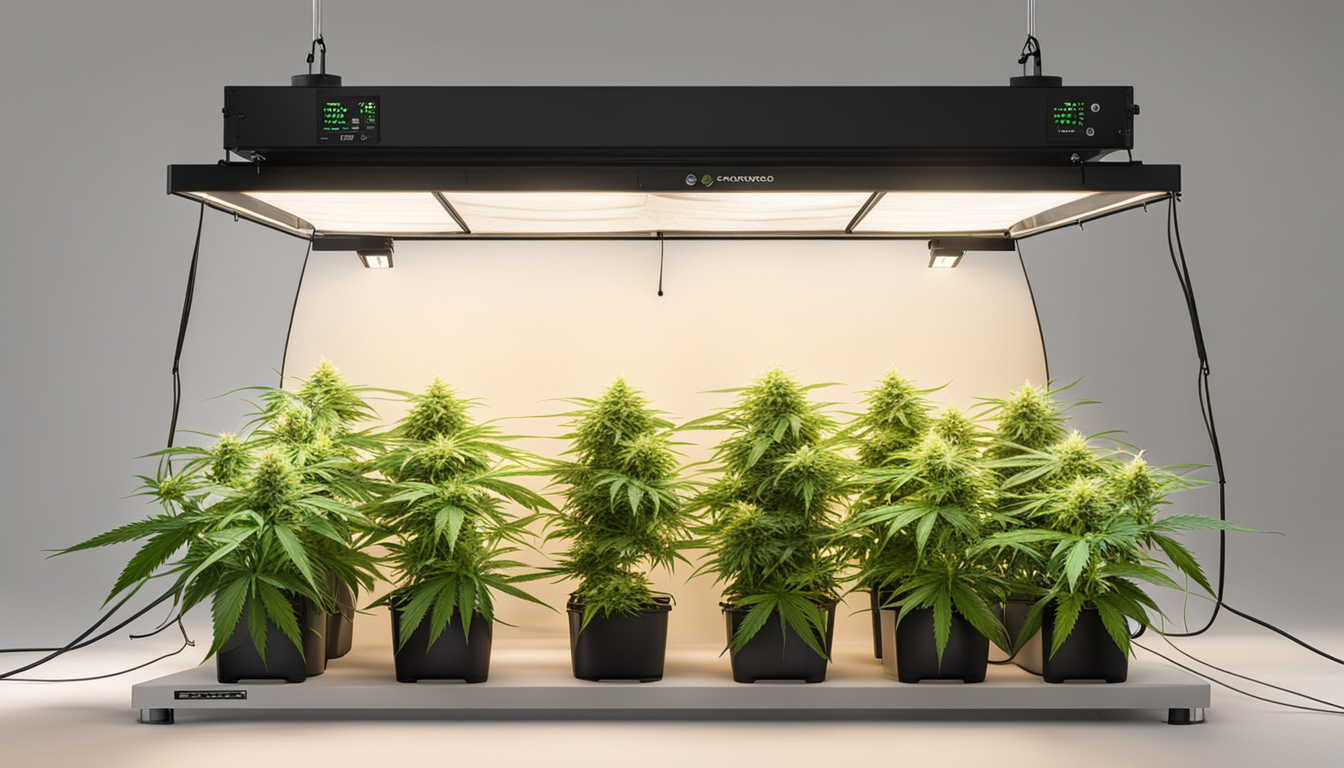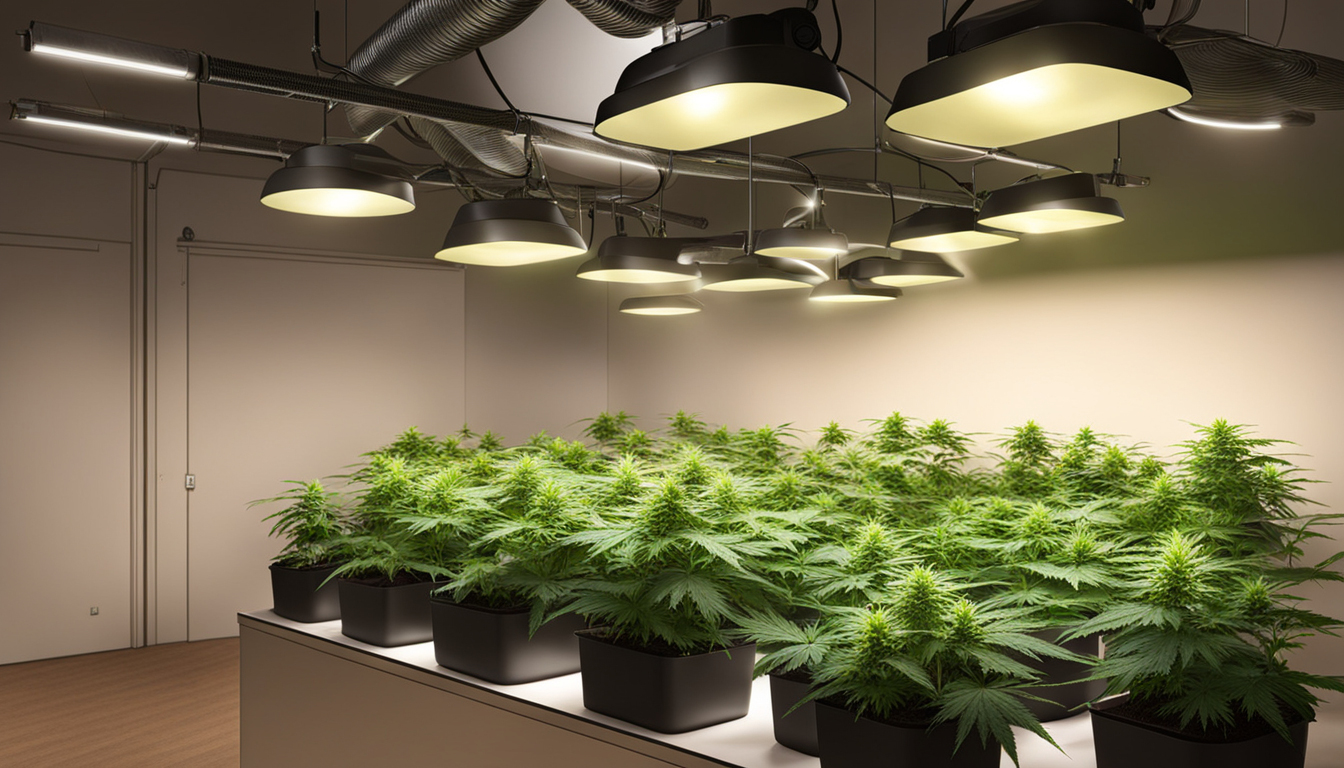
Whether you're new to cannabis production or looking to improve your existing harvest, following this complete guide will help you produce bountiful, high-quality yields right at home. With the right gear, methods, and care, cultivating marijuana indoors can be an extremely satisfying and cost-effective endeavor.
Choosing Weed Strains
The first step in planning your indoor grow is choosing the right marijuana varieties to cultivate. The three main types of pot plants each have their own qualities.
Energizing strains
Known for their invigorating cerebral effects, these strains spread tall and slender with narrow leaves. They thrive in warmer tropical climates and have a longer flowering time between 2.5-3 months indoors. Top sativa strains include Jack Herer, Durban Poison, Super Lemon Haze, and Jack Herer.
Relaxing strains
Indicas provide relaxing body-focused effects and grow short and bushy with broad leaves. Accustomed to cooler mountain climates, they flower faster within 2-2.25 months. Popular indica strains include Northern Lights, Bubba Kush, and Bubba Kush.
Mixed strains
Hybrid varieties blend traits from both sativas and indicas. They offer blended effects and have moderate flowering times around 9-10 weeks. Popular hybrids are OG Kush, Girl Scout Cookies, and Blue Dream.

Setting Up Your Cultivation Space
Cannabis plants need the right controlled environment to thrive. Key factors for indoor grows are lighting, airflow, layout, and finding the ideal discreet spot.
Location
Choose an available space with direct access to water and power outlets. An empty spare room, large closet, basement corner, or grow tent securely placed in a garage all make great stealthy cultivation room spots.
Lights
Weed requires powerful light for all growth stages. LEDs are efficient and come in full spectrum options replicating natural sunlight. Provide 15-25 watts per square foot for the growth stage and 20-40 watts per square foot for bloom.
Ventilation
Proper airflow and exhaust systems keep ideal temperature, moisture, and fresh CO2 levels. Install low-noise 4-6 inch fans or scrubbers to circulate stale air and reduce smells.
Layout
Maximize your space by arranging plants carefully under the lamps and leaving room to reach and work around them. Set up distinct zones for vegetation, flowering, curing, and propagation.

Growing Substrates
Cannabis can be grown in different mediums, each with pros and cons. Pick a proper option for your particular setup and cultivation style.
Soil
The traditional substrate, soil is inexpensive and simple for beginners. It provides great flavor but requires more watering and fertilizing to nourish plants. Amend soil with perlite or coco to enhance aeration.
Coconut coir
Made from coir, renewable coconut fiber holds water but still lets in air to the roots. It's cleaner and more predictable than soil. Use coco-specific nutrients to avoid calcium buildup.
Hydroponics
In hydro systems, plant roots grow directly in nutrient water solution. This enables quick development but needs careful observation of solution properties. DWC and irrigation systems are popular methods.
Sprouting Seeds
Sprouting prepares your pot seeds to start growing radicles. This readies them for transplanting into their cultivation medium.
Towel Method
Put seeds between moist paper towels and keep them moist. Check after 2-7 days for emerging taproots showing sprouting is complete.
Planting directly
Insert seeds right into wetted growing medium 1⁄4 inch deep. Gently water and wait 1-2 weeks until sprouts push through the top.
Cubic rockwool
Soak cubic rockwool starters in pH-adjusted water. Insert seeds Send a Message 1⁄4 inch deep into the cubes. Keep cubes moist until seedlings appear within a week to 2 weeks.
Repotting Young plants
Once sprouted, weed seedlings need to be transplanted to prevent crowding. Move them into proper sized containers.
Preparing Containers
Fill final containers with cultivation medium amended with slow-release nutrients. Let pots to soak up water overnight before transplanting.
Carefully Transplanting
Carefully loosen seedling roots from germination medium using a spade. Put into pre-soaked container at same depth as before and gently water in.
Growth Stage
The vegetative stage promotes foliage and plant form through 3/4 to full day of daily light intensity. This stage usually lasts 1-2 months.
Providing 18-24 Hours of Lighting
Use lamps on a 24 hour cycle or outdoor light to initiate constant growth. Lamp intensity influences size and node distance.
Nutrients
Use vegetative stage fertilizers richer in nitrogen. Make sure pH stays around 5.8-6.3 for proper nutrient uptake. Fertilize 1⁄4 to 1⁄2 concentration after 14 days and increase gradually.
LST and topping
Topping, low stress training, and trellising manipulate growth shapes for even canopies. This boosts yields.

Bloom Stage
The flowering stage grows buds as plants show their sex under a 12 hour light timing. It lasts 8-12 weeks based on strain.
Switching to 12/12
Switch grow lights to 12/12 or move outside for natural 12 hour cycle. This signals plants to begin flowering.
Stop Fertilizing
Leaching removes fertilizer residuals to improve flavor. Fertilize weakly the first period then just use plain water the final 2 weeks.
Flushing
Maintain 12/12 light timing but leach using pH-balanced water only. Return to clean watering if buds aren't ripe after two weeks.
Harvesting
Recognizing when cannabis is fully ripe delivers maximum potency and aroma. Cut down plants at peak ripeness.
Identifying Ripeness
Look for fading pistils, swelling calyxes, and 10-15% cloudy trichs. Inspect buds across the plant as they won't all mature evenly.
Cutting Plants
Use sterilized, razor-sharp trimming scissors to carefully slice each plant at the base. Keep several inches of stem attached.
Drying
Suspend whole plants or branches inverted in a lightless room with average temp and RH around 50-60% for 7-14 days.
Aging
Curing continues desiccating while improving the buds like fine wine. This technique mellows harshness and further develops terpene and terpene profiles.
Curing containers
Trim dried buds from branches and store into glass jars, filling about 75% capacity. Use a hygrometer to monitor jar moisture.
Opening jars daily
Open jars for a short time each day to slowly lower humidity. Rehydrate buds if RH drops below 55%.
Final Cure
After 2-3 weeks when moisture levels off around 55-65%, perform a final manicure and keep forever in sealed jars.
Common Problems and Solutions
Even seasoned cultivators run into different cannabis plant problems. Identify issues soon and fix them correctly to maintain a healthy garden.
Nutrient Deficiencies
Chlorosis often signify inadequate nitrogen. Purpling stems and leaves show phosphorus deficiency. Check pH and boost fertilizers slowly.
Bugs
Spider mites, fungus gnats, mites, and nematodes are frequent cannabis pests. Use neem oil sprays, ladybugs, and sticky traps for natural control.
Powdery mildew
Excessive moisture promotes botrytis and root rot. Improve airflow and circulation while lowering humidity below 50% during flowering.

Summary
With this complete indoor pot growing guide, you now have the info to grow plentiful potent buds for personal grows. Apply these techniques and methods throughout the seed starting, vegetative, and bloom stages. Spend in good equipment and closely check on your plants. In time, you'll be rewarded with frosty aromatic buds you raised yourself under the patient guidance of your green thumbs. Happy growing